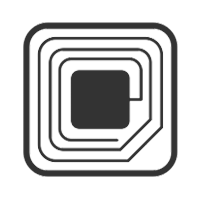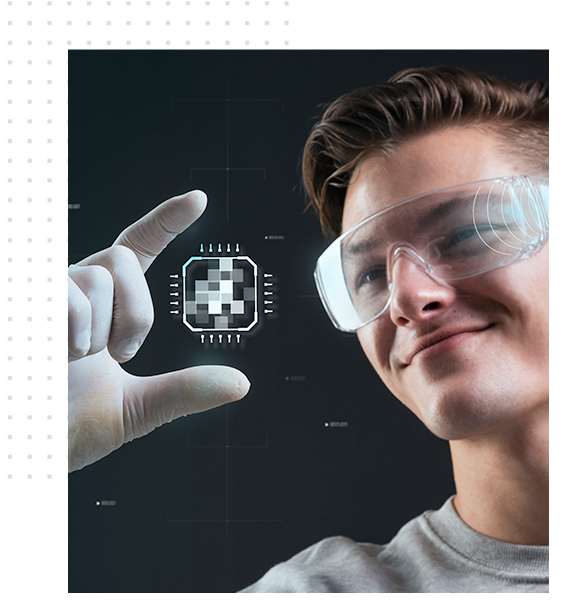Solutions
TIPS & Glossary Information
TIPS & Glossary Information
A video surveillance system / CCTV is composed of a system of cameras, monitors/display units, and recorders.
Cameras may be either Analog or digital with a host of possible design features which will be discussed momentarily. These systems can be applied to both interior and exterior areas of a building or property.

Domestic Drones

Police Body Cameras

Biometrics

Domestic Drones

Face Recognition Technology

RFID Chips
Police Body Cameras
are wearable cameras which will be a part of Policing equipment. Such equipment is also known as Body Worn Video pr BWV Equipment. This is a system which can record audio, video, or photography from events in which law enforcement officers are involved. They are typically worn on the Police torso or Uniform. Body worn cameras for policing are often similar to other body worn video equipment used by civilians, firefighters, or the military, but are designed to address specific requirements related to law enforcement.
Biometrics
are biological measurements — or physical characteristics — that can be used to identify individuals. For example, fingerprint mapping, facial recognition, and retina scans are all forms of biometric technology, but these are just the most recognized options. It is also the measurement and statistical analysis of people’s unique physical and behavioural characteristics. The technology is mainly used for identification and access control or for identifying individuals who are under surveillance.
Drones
or unmanned remote-controlled aircraft, are well known for their role in warfare. … But in the past few years they have emerged on the domestic front in a variety of civilian applications, from firefighting and police surveillance to scientific research and aerial photography. Drones can’t be used within house limits. Technology like Long Wave InfraRed sensors can easily be mounted on commercial drones see inside a home.
Domestic Drones
Even toy and hobby drones can be relatively easy fitted with good quality HD cameras to make better imaging possible. A facial recognition system is a technology capable of matching a human face from a digital image or a video frame against a database of faces, typically employed to authenticate users through ID verification services, works by pinpointing and measuring facial features from a given image.
Face Recognition Technology
The technology uses computer algorithms to pick out specific, distinctive details about a person’s face. These details, such as distance between the eyes or shape of the chin, are then converted into a mathematical representation and compared to data on other faces collected in a face recognition database.
RFID Chips
RFID tags are made out of micro-chip which consists of an integrated circuit that stores and processes information of an authorised for access. Such information modulates and demodulates radio-frequency (RF) signals. These signals will be transferred through an antenna for receiving and transmitting the signal and a substrate. The tag information is stored in a non-volatile memory.
RFID works on wireless non-contact technology using radio frequency waves to transfer data. Tagging items with RFID tags allows users to automatically and uniquely identify and track inventory and assets.

What is PDSA?
PDSA, or Plan-Do-Study-Act, is a consistant, four-stage problem-solving model used for improving a process or carrying out change
When using the PDSA cycle, it is very much important to include internal and external resources.
These resources can provide feedback about what works and what doesn’t.
The External resource may define quality, so it would make sense to also involve them in the process when appropriate or feasible, to increase acceptance of the end result.
(If you’re unsure about, who your external resources are, you may want to create a chain to assist in identification.)
In applying PDSA, ask yourself three questions:
- What are we trying to accomplish?
- How will we know that a change is an improvement?
- What changes can we make that will result in an improvement?



